
Writing With a Broken Tusk
Writing With a Broken Tusk began in 2006 as a blog about overlapping geographies, personal and real-world, and writing books for children. The blog name refers to the mythical pact made between the poet Vyaasa and the Hindu elephant headed god Ganesha who was his scribe during the composition of the Mahabharata. It also refers to my second published book, edited by the generous and brilliant Diantha Thorpe of Linnet Books/The Shoe String Press, published in 1996, acquired and republished by August House and still miraculously in print.
Since March, writer and former student Jen Breach has helped me manage guest posts and Process Talk pieces on this blog. They have lined up and conducted author/illustrator interviews and invited and coordinated guest posts. That support has helped me get through weeks when I’ve been in edit-copyedit-proofing mode, and it’s also introduced me to writers and books I might not have found otherwise. Our overlapping interests have led to posts for which I might not have had the time or attention-span. It’s the beauty of shared circles.


Guest Post: Michael Thompson on The New Othering of Amerika
In all the conversations I’ve heard about the present events playing out in the United States — A constitutional crisis? An autocoup?A hijacking of executive powers? — one set of voices has seemed conspicuously absent: those of Native American people. So when I heard that my Writing Project friend and colleague in New Mexico, Michael Thompson, was interested in disseminating a piece he felt compelled to write, I invited him to post it here on Writing With a Broken Tusk. Welcome, Michael.

Process Talk: Nicola Davies on Ride the Wind
I read Ride the Wind by Nicola Davies in an e-galley, which isn’t the ideal way to read a picture book. Still, even with the limitations of the format, there was something moving and engaging about this book. I enjoyed its depth and scope, and loved how Davies uses the boy’s story to access the albatross’s plight. She also doesn’t shy away from the complexity of human relationships—a representation that’s difficult to pull off in the small container of a picture book. Finally I loved that the child secures his place in his world and finds healing through bearing witness to something larger than himself. So I invited Nicola to tell me more. Here’s the result of our exchange of emails.

Three Things I Know From 30 Years of Writing
I only understand what I am ready to hear. My readiness is the contingency, always.
Here’s a list of three things I’ve learned from editors. I rediscovered them in a notebook in which I’d scribbled notes during lectures at the July 2016 residency at VCFA.
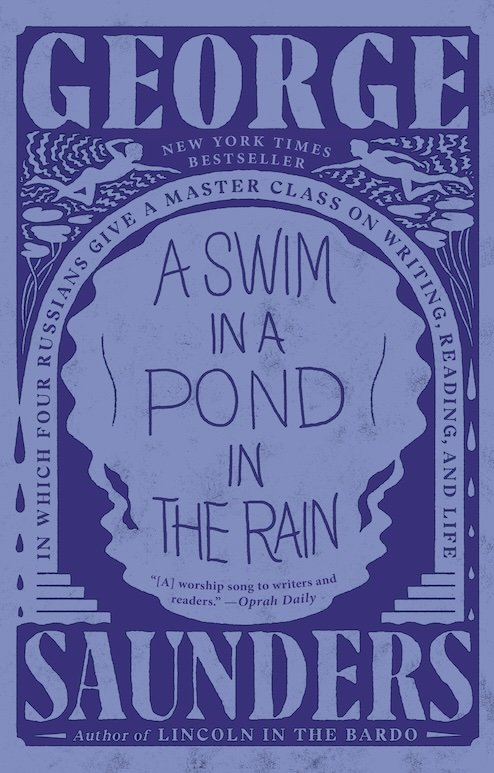
Chasing the Revision Butterfly
My friend and writer colleague Caroline Starr Rose suggested I read A Swim in a Pond in the Rain: In Which Four Russians Give a Master Class on Writing, Reading, and Life by George Saunders (reflections on stories he’s lovingly taught for two decades at Syracuse). Also Saunders is the author of Lincoln in the Bardo, a storytelling feat in its own right.
Caroline sent along a snippet of text from A Swim…:
The closest thing to a method I have to offer is this: go forth and do what you please.The closest thing to a method I have to offer is this: go forth and do what you please.
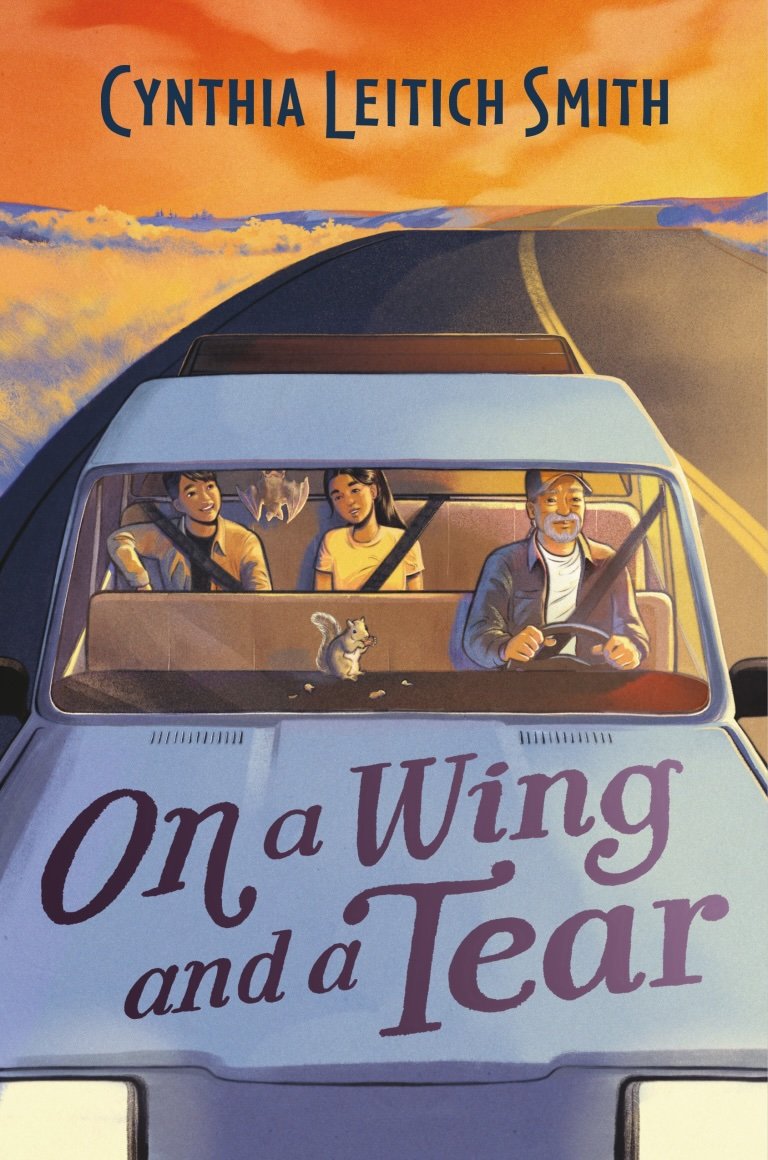
Process Talk: Cynthia Leitich Smith Discusses On A Wing and a Tear
Indian Shoes by Cynthia Leitich Smith was one of the books I used to make my students read to get a feel for a story that was about more than one kid. A story, in fact, that was more than one story. It was a set of interlinked tales about family and community and connections and a whole way of being in the world. So, when I found out that Ray Halfmoon and Grampa were going to make a grand return in this new book, I thought I knew where I was going. I should have known better.
On a Wing and a Tear delivers the same family warmth and loving humor that is so endearing in Indian Shoes but oh, my! This is a book with layers—history, adventure, humor, and perhaps the most marvelous of all, there's a whole wonderful animal storyline. This middle grade novel is packed with satisfying familiarity and delightful surprises. I asked Cyn to tell me more.
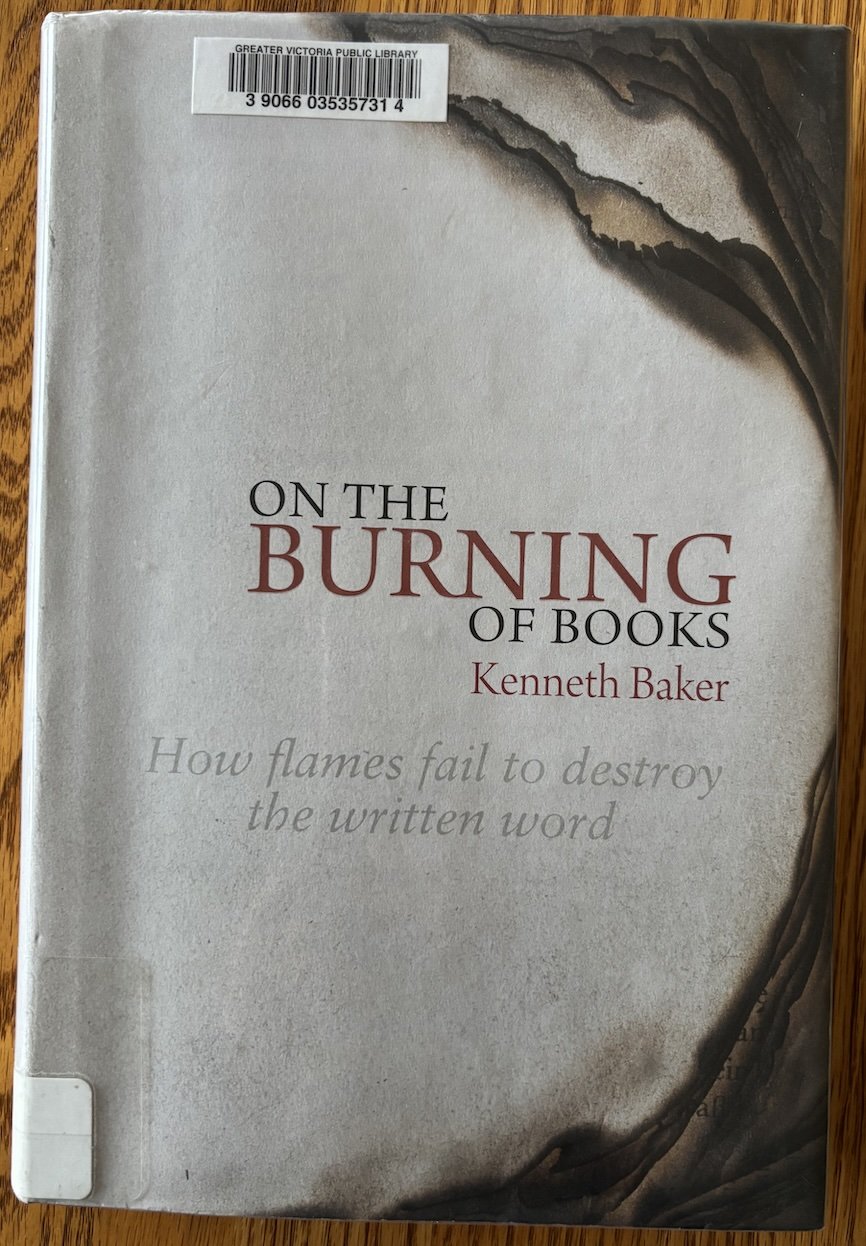
On the Burning of Books: Kenneth Baker’s Illustrated History of Book Burning
The subtitle of Kenneth Baker’s gorgeously illustrated history of book burning across histories and geographies carries a lyrical note of hope:
How flames fail to destroy the written word.
Breathe that in. I hope it’s true.
In our age of division and conflict, in a time when so many people around the world are retreating into their own little corners of religion and ethnicity and ideology, I read this book looking for the long view.
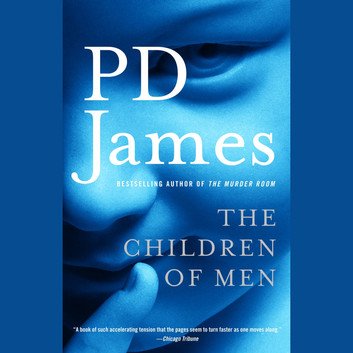
Really, America? The Curious Appeal of Dystopian Fiction
With the election of 47 as United States President in the rear-view mirror and the reality of a clownish, arbitrary, self-obsessed administration playing out in the present moment, you wouldn’t think there’d be any comfort to be gleaned from dystopian fiction. Yet what did I find myself downloading in audiobook format? Children of Men by P.D. James. It’s set in an England that is rather quaintly dated 2021, which must have seemed far away in 1992 but now feels counterintuitive. But honestly, that was the only point at which I had to work to suspend disbelief.
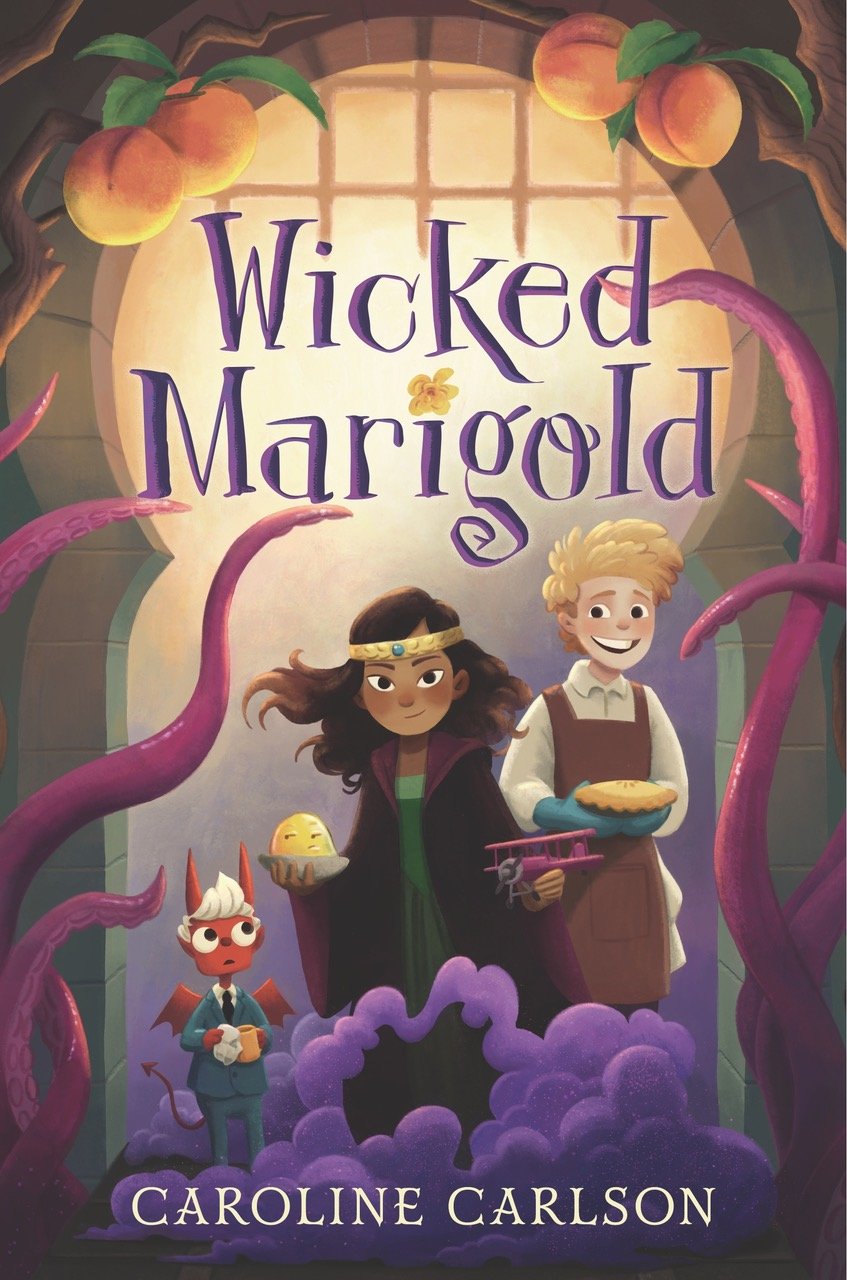
Guest Post: Caroline Carlson on Wicked Marigold
I smiled my way through Wicked Marigold, a middle grade novel by Caroline Carlson. In honor of Tell a Fairytale Day (February 26) I asked Caroline to tell me more about her experience writing this romp of a fractured fairytale. Here is her reply:
Old Narratives, New Worlds: Some thoughts on the long tradition of fracturing fairy tales
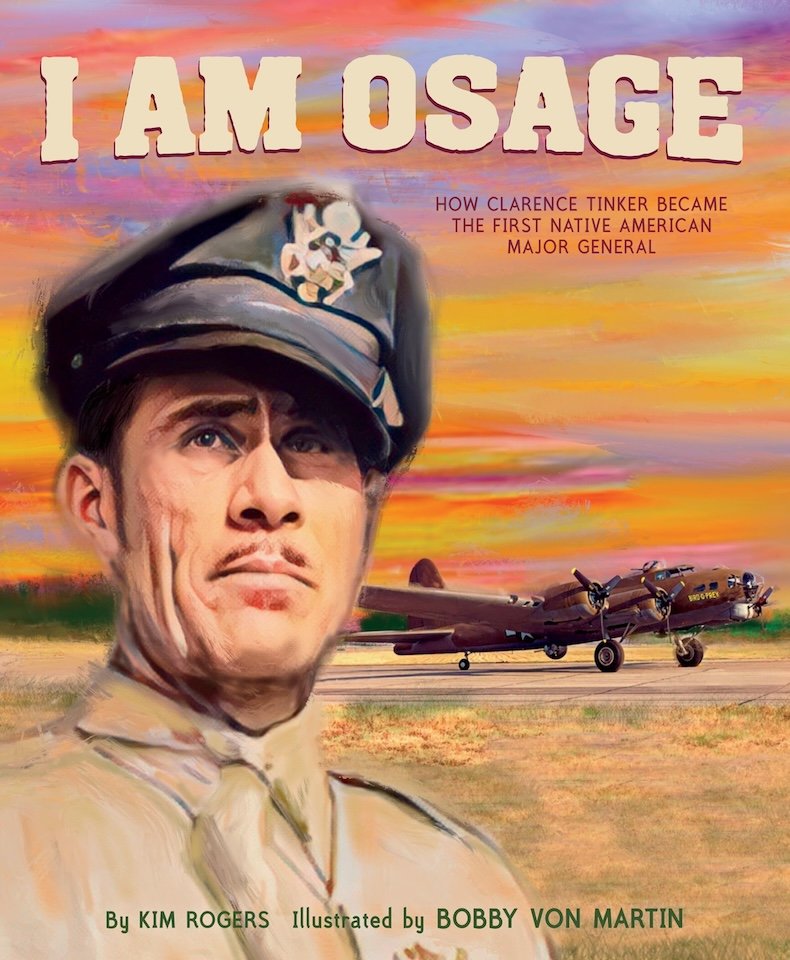
Process Talk with Jen: Kim Rogers on I Am Osage
[Posted by Jen Breach for Writing With a Broken Tusk]
Kim Rogers (Wichita and Affiliated Tribes) comes from a military family. Many of her family members served at Tinker Air Force Base in Oklahoma, named for Clarence Tinker, the first Native American Major General in the US Military, and the subject of Kim’s recent picture book biography I Am Osage.
Finding Clarence’s story was a surprise to Kim–she stumbled across a record of him in the Oklahoma Historical Society while researching something else entirely–and the process of writing the biography was likewise unexpected.
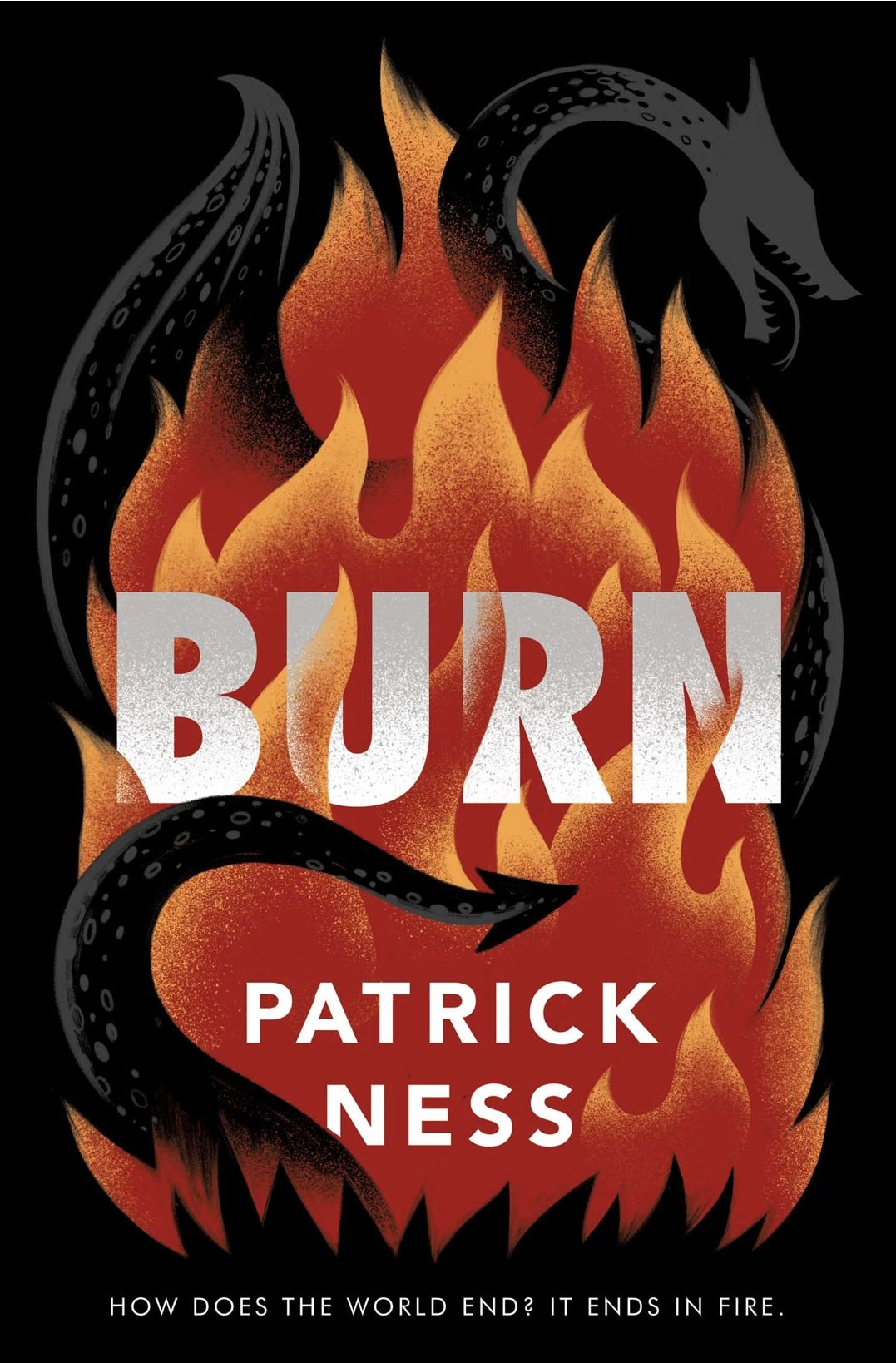
Border-crossings of Many Kinds in Burn by Patrick Ness
“The enforcers of law in Canada and the United States sometimes coated their bullets in anti-coagulant. Not for when they shot men. For when they shot dragons.”
Set in the Pacific Northwest, Ness’s YA novel Burn takes readers back and forth across the border between countries. But it also crosses the borders between worlds—parallel universes of possibilities playing out in the lives of the characters.
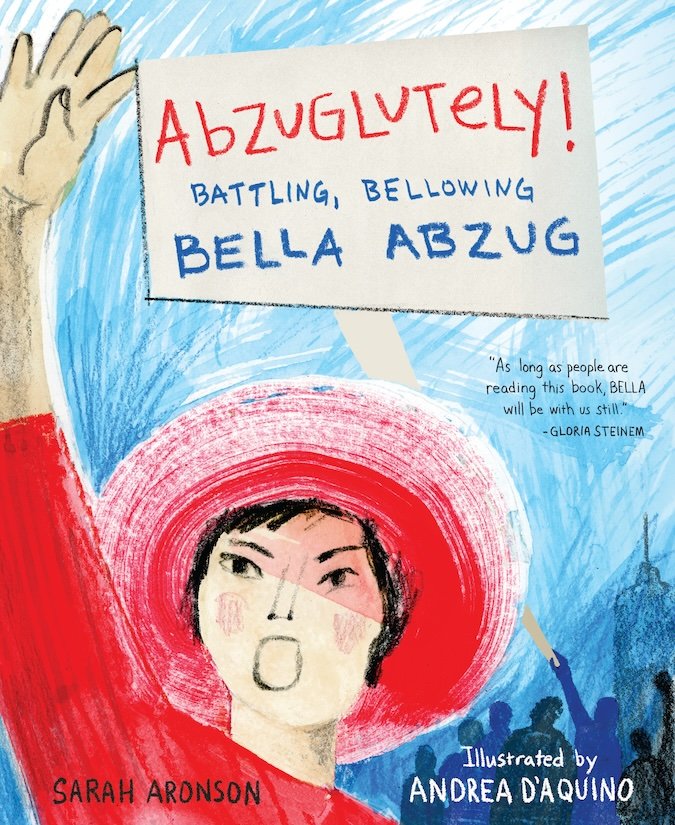
Process Talk: Sarah Aronson on Abzuglutely: Battling, Bellowing Bella Abzug
You know you’ve heard this quip before: “This Woman’s Place is in the House — The House of Representatives.” But do you know who said it? Bella Abzug (1920-1998) was a lawyer, politician, social activist, and pioneer in women’s rights. Here’s Abzuglutely: Battling, Bellowing Bella Abzug, a loving picture book portrait by Sarah Aronson, illustrated by Andrea D’Aquino. I asked Sarah to tell me more about the making of this book.
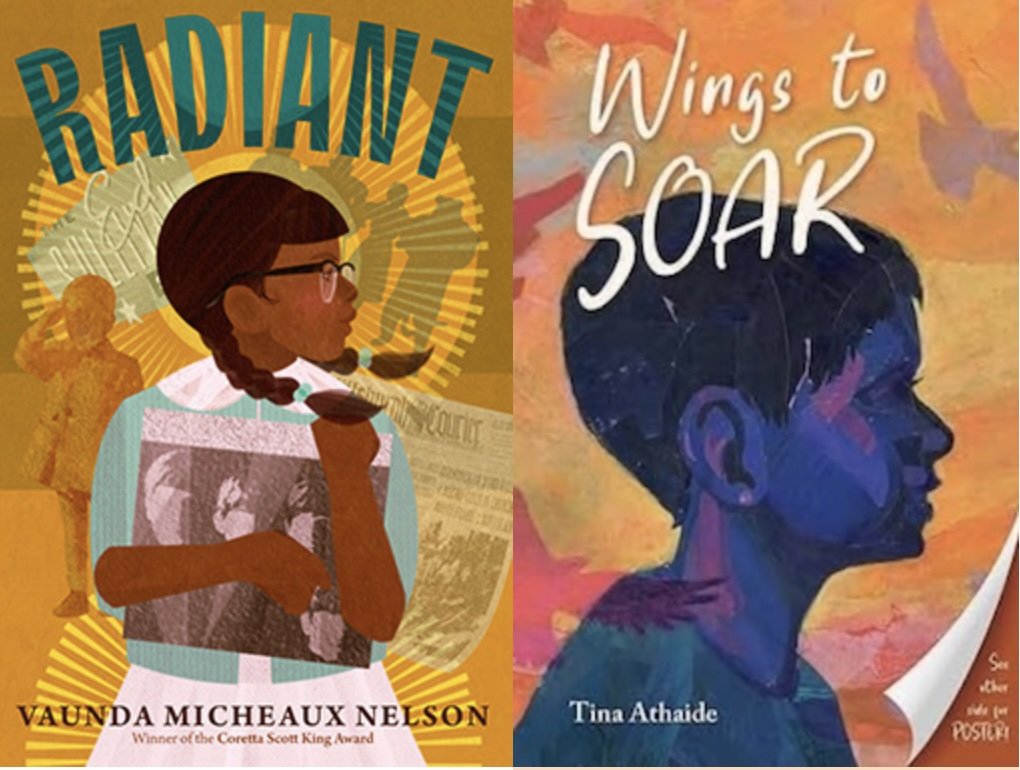
Vaunda Micheaux Nelson and Tina Athaide on Historical Verse Novels
I was privileged to read Radiant by Vaunda Micheaux Nelson poem by poem, as she wrote it. A few months earlier, I’d been delighted to read Wings to Soar by Tina Athaide.
Those two verse novels spoke to each other, with their musical threads, their self-aware young characters, and the histories unfurling in and around those characters’ families. So I knew I wanted these writers to talk to each other, and to me, about their books.

Guest Post: Chicken or Egg? Marilyn Singer on Reverso Poems
Marilyn Singer’s reverso poems make for lusciously happy picture book reading, so I invited her to tell us more about this jewel of a poetic form that she has created and made her own. Here’s what she wrote.
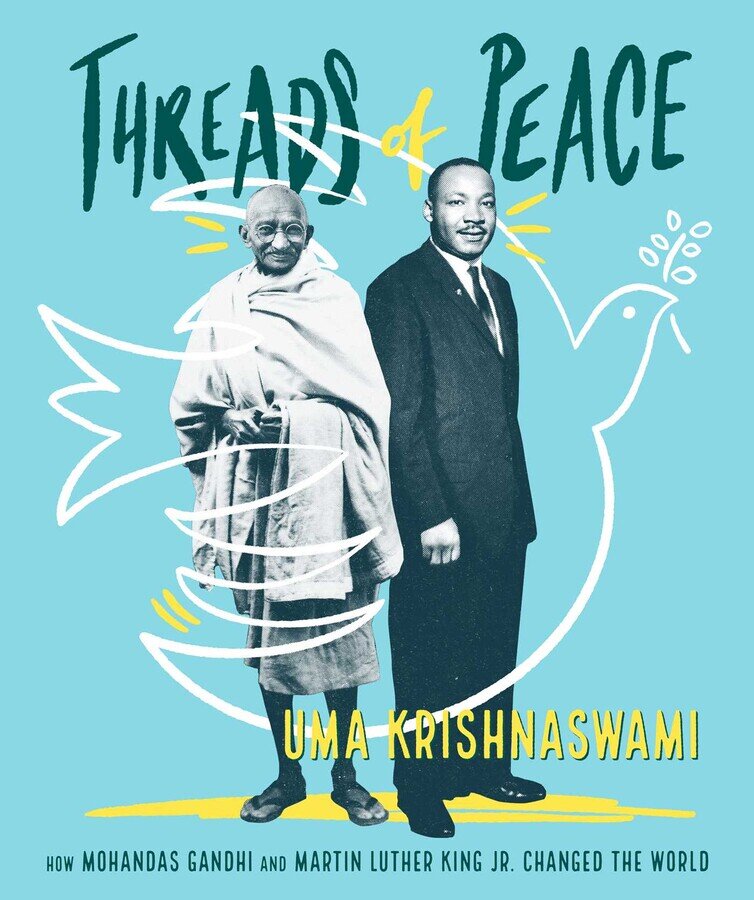
Remembering Dr. King Today and Often
Abraham Lincoln warned of “crowned-kings, money-kings, and land-kings” opting instead to create a government of the people, for the people, by the people, a phrase so ordinary for us today that it no longer seems to call for quotation marks. Yet those kings of the material world are in seats of extraordinary power today. Their presence will be writ large in the extravagant and highly politicized presidential inauguration taking place in the United States. Yet, purely by the chance arrangement of the Gregorian calendar, that event, with all the hoopla surrounding it, happens to coincide with Martin Luther King, Jr. Day. That’s my focus today. Another kind of King.
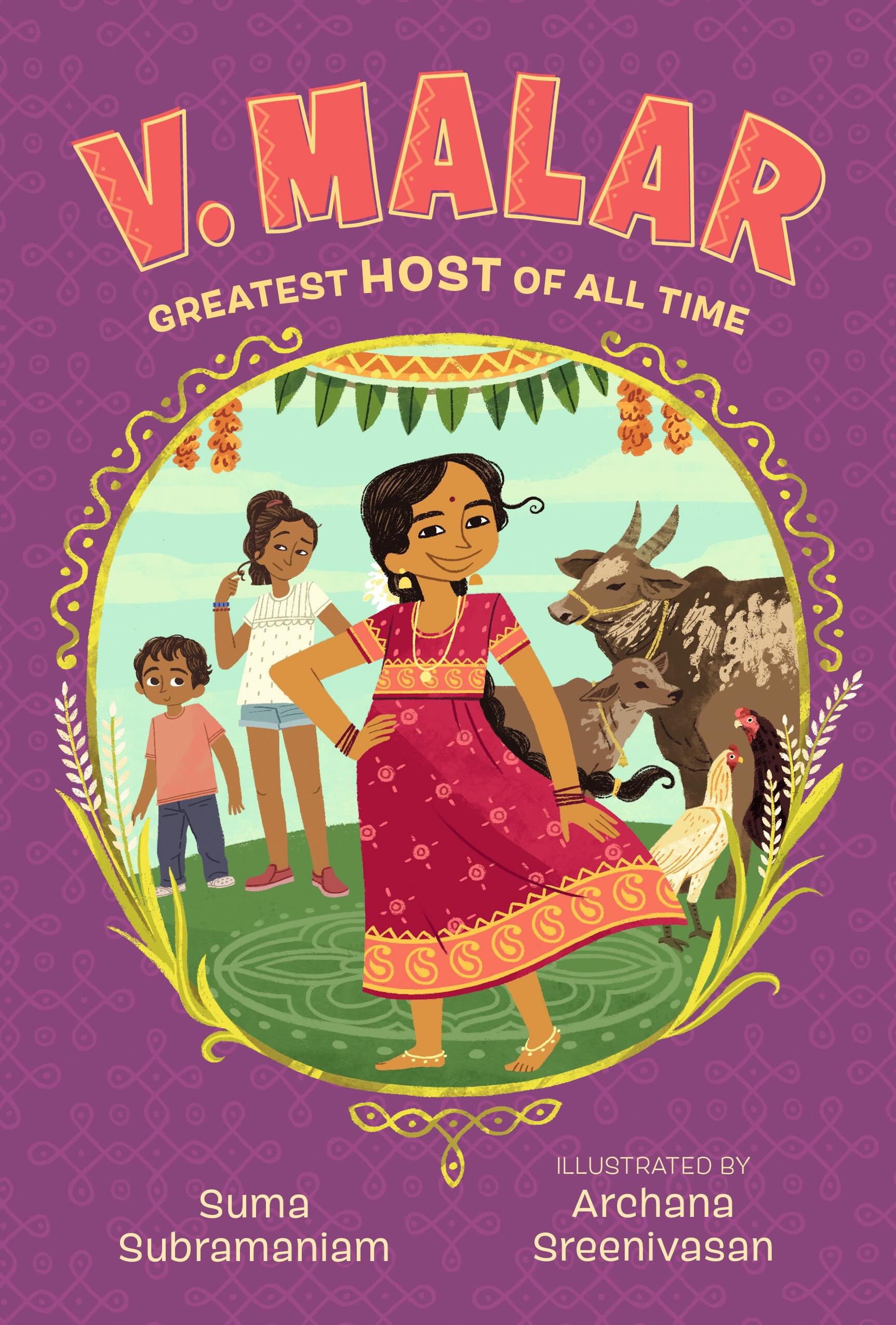
Process Talk with Jen: Suma Subramaniam on V. Malar: Greatest Host of All Time
[Posted by Jen Breach for Writing With a Broken Tusk]
Suma Subramaniam’s V. Malar: Greatest Host of All Time is a glorious celebration of Southern Indian culture, diaspora, and family, all told in a personal, intimate story between a young Indian girl and the American-raised cousin she is meeting for the first time. The layers are nuanced and stunningly brought to life.
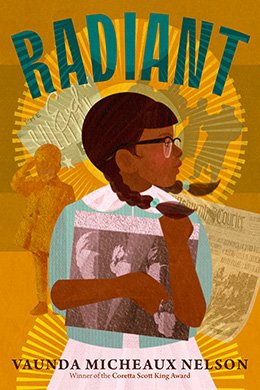
Guest Post: Vaunda Micheaux Nelson on Her Verse Novel, Radiant
Vaunda Micheaux Nelson is part of the New Mexico writing group that has given me support, critique, and loving friendship for some 26 years now. Today, Vaun has a new book out, Radiant, a verse novel written in the viewpoint of its young protagonist, Cooper. Here’s an excerpt from the publisher’s promotional copy:
As school begins in 1963, Cooper Dale wrestles with what it means to “shine” for a black girl in a predominantly white community near Pittsburgh. Set against the historic backdrop of the Birmingham church bombing, the Kennedy assassination, and Beatlemania, Radiant is a finely crafted novel in verse about race, class, faith, and finding your place in a loving family and a complicated world.

Writing for the Long Haul: Remarks for the Phoenix Award Roundtable
2024 brought a nice surprise to my email inbox. My first middle grade novel, Naming Maya, published in 2004, had been selected for the Phoenix Award, a little known but most unusual children’s literature award in the United States. Unlike just about every other award, it’s not given to a newly edited, newly published book. Rather it elevates and honors books that were published 20 years before the year of each award.
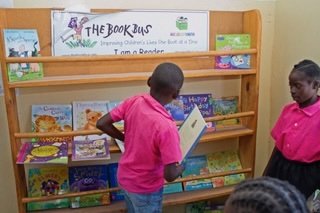
Guest Post: Margriet Ruurs, With The Book Bus in Zambia
Margriet Ruurs is a writer and the author of books like Where We Live, an exploration of neighbourhoods around the world, and Come, Read With Me, which loops a world of stories into a bedtime read. I was delighted to find that my Look! Look! was included in her Global Book Recommendations list for The International Educator.
Earlier this year, Margriet raised funds for The Book Bus, a UK charity dedicated to getting books into the hands of kids, educators, and volunteers in Malawi, Zambia, and Ecuador. Here she writes about her ensuing trip to Zambia.
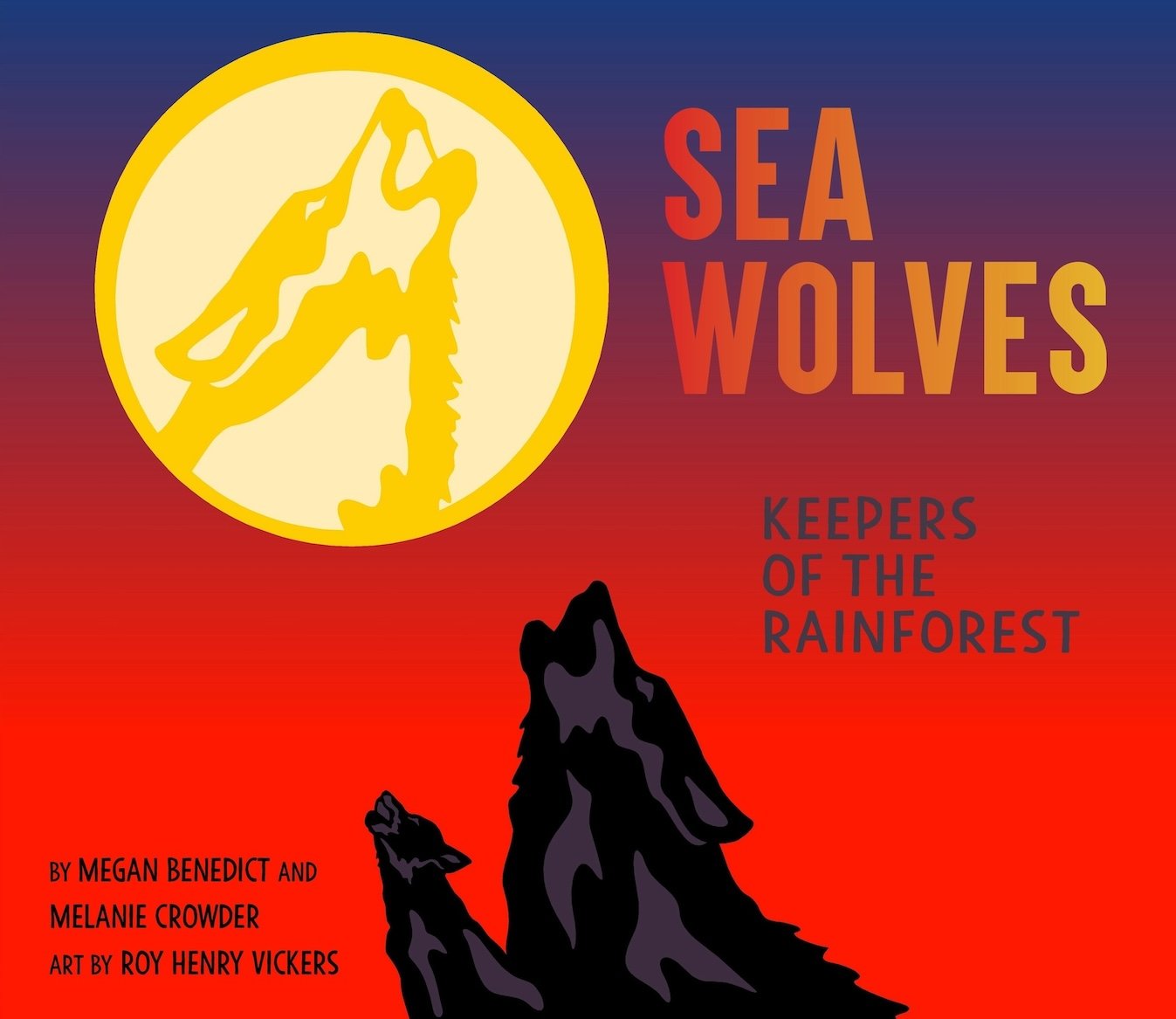
Guest Post: Megan Benedict on Sea Wolves: Keepers of the Rainforest
Soon after Sea Wolves: Keepers of the Rainforest by Megan Benedict and Melanie Crowder was published this past summer, I read it to my 3-year-old granddaughter. She listened to it all the way through, echoed a couple of lines, and then went through its pages and found all the wolves hiding in plain sight on every spread. She proceeded to spend some time that afternoon pretending to be a wolf, scratching on the sand (rug) and howling. To my mind, that's the ultimate validation of a picture book, when the youngest reader/listener can find something to take away and hold close.
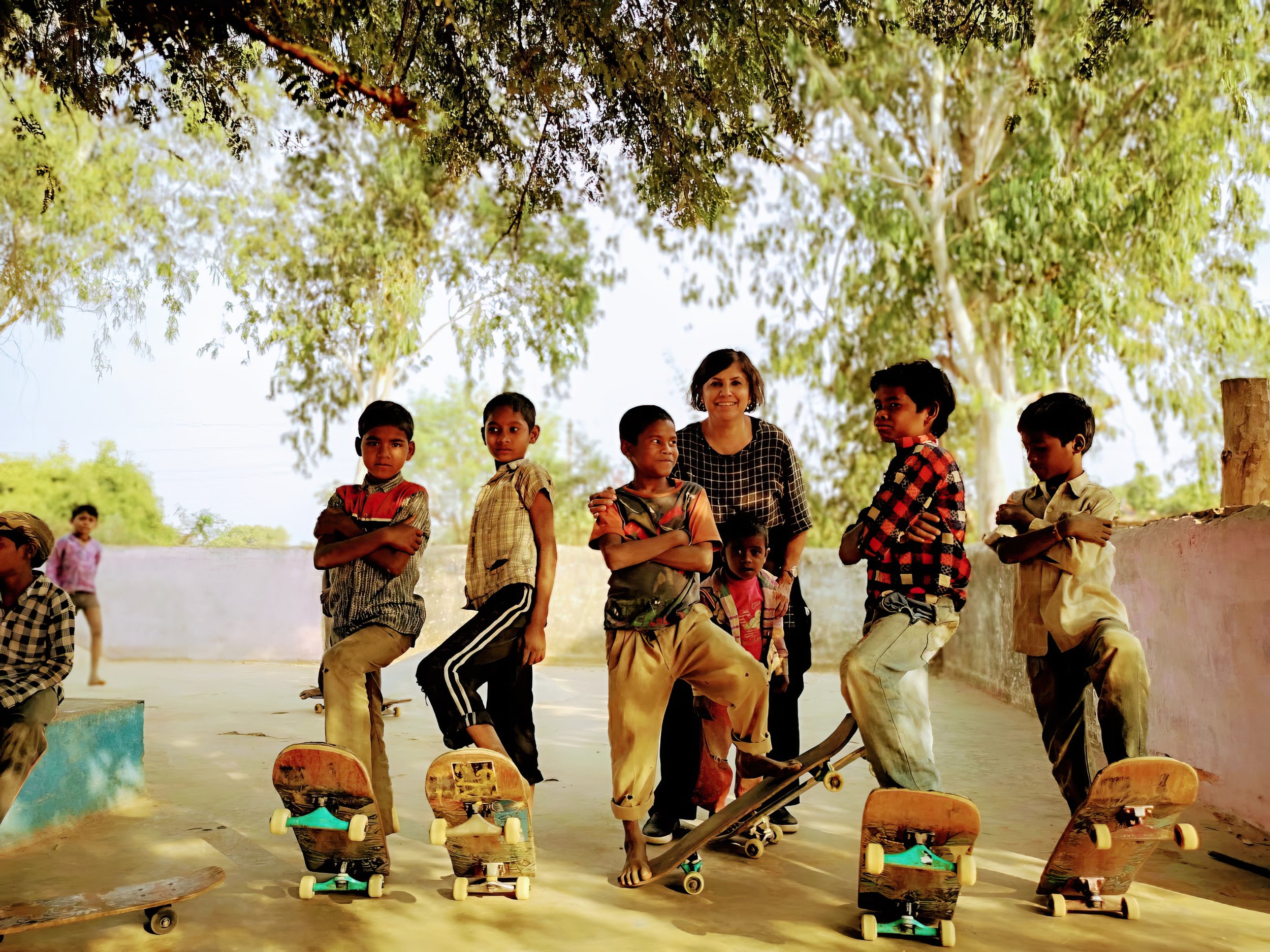
Process Talk with Jen: Rina Singh on Creativity, Resilience, and Centering Children
[Posted by Jen Breach for Writing With a Broken Tusk]
I was utterly moved by Rina Singh’s 2020 picture book biography 111 Trees, which profiled Shyam Sundar Paliwal, an Indian village leader and eco-feminist who, with trees and compassion, replenished the villages water and food supplies, and established equal rights to education for girls. Rina followed that up in 2023 with two more moving and meticulously researched profiles of Indian feminist and conversation activists. I am thrilled to talk with her about her process.
